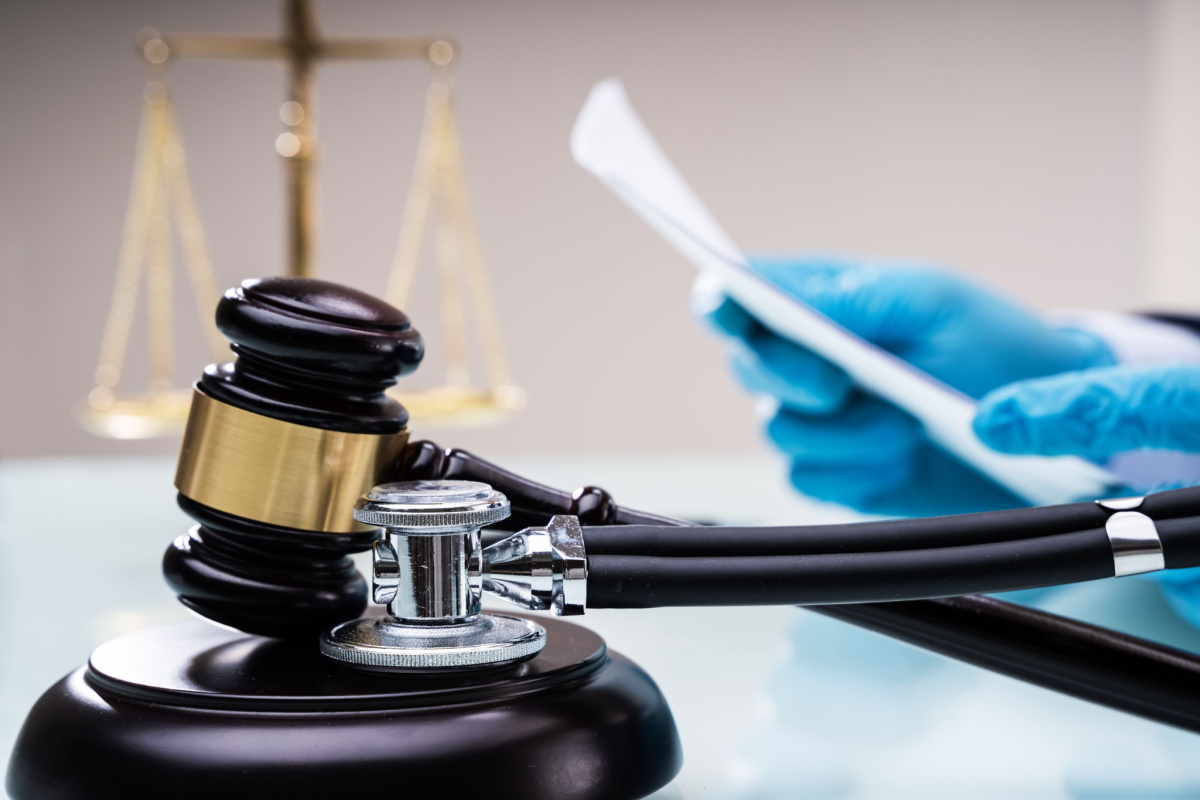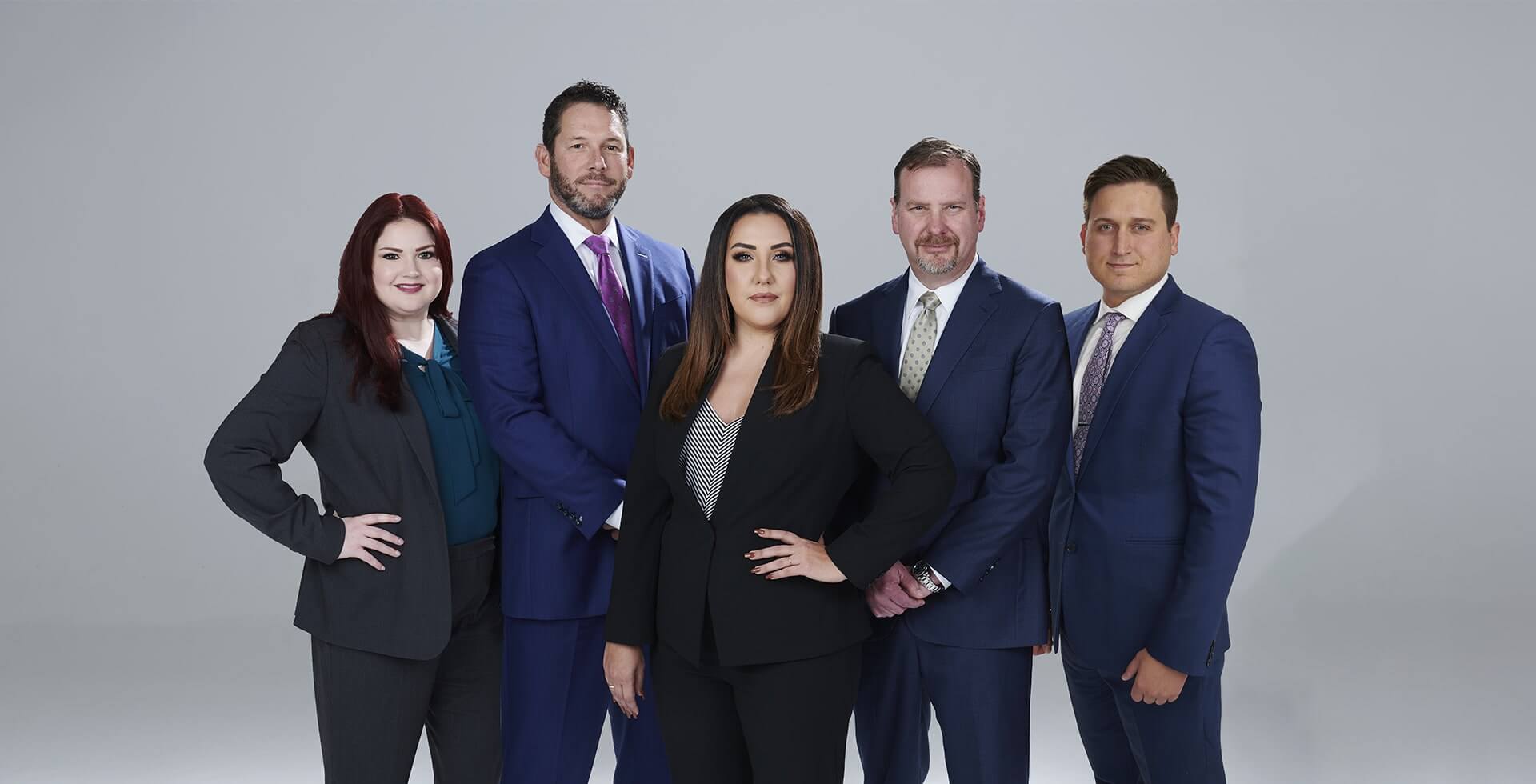
Oklahoma has the highest rate of medical malpractice lawsuits per resident, revealing the complexities surrounding suspected negligence. However, only 2% of harmed patients file claims, defying assumptions.
| Initial Steps | Pre-Action Protocols | Expert Testimonies | Settlement Process |
| Document details thoroughly | Clarify issues via claim letter exchanges | Understand medical standards of care | Negotiate after evidence-gathering |
| Review comprehensive records | Encourage resolution without court | Assess if standards were met | Persuade another party on compensation |
| Discuss issues with providers | Vital for upcoming procedures | Determine if negligence caused harm | Agree to cover damages, or proceed to trial |
| Report unresolved matters to boards | Informs complex medical details to jury | ||
| Remember time limit statutes | Sways outcomes due to expertise |
Could drastic, unexplained health declines mean medical malpractice occurred?
While complex, key signs of medical negligence include unexpected patient health changes without cause, severe errors in care, anomalies in records, or misdiagnoses impacting condition declines. Meticulously documenting all case details helps reveal if standards were breached, resulting in harm. Expert insights then confirm if malpractice transpired for proper dispute resolution.
Oklahoma leads the nation in the number of medical negligence lawsuits per capita, based on a review of 30 years of U.S. Department of Health and Human Resources data. The analysis revealed over 1.41 million medical malpractice claims were filed nationwide, with 59,813 of these filed in 2019 alone. Oklahoma accounted for one lawsuit for every 3,573 residents.
Despite common assumptions, only 2% of patients suffering from medical negligence file claims for compensation, dispelling the myth of frivolous cases.
Medical malpractice might seem like a complex concept, but it boils down to a few key signs:
When suspicions of medical malpractice arise, initial steps involve careful documentation and communication:
Remember the statute of limitations – cases must begin within a specific timeframe
Before a medical malpractice lawsuit officially begins, several pre-action protocols must be followed. These steps are designed to clarify the issues in dispute and, if possible, find a resolution without going to court:
Understanding these protocols is vital in preparing for the process ahead in a medical malpractice case.
Expert testimony plays a pivotal role in medical malpractice cases, often becoming a deciding factor in court. These experts are typically healthcare professionals with deep knowledge in the field related to the case.
They help the court:
For example, in a surgical error case, a surgeon specializing in that procedure could testify whether the actions were negligent.
Such testimonies provide the jury with a clear understanding of complex medical terms and procedures, allowing them to make more informed decisions. Given their ability to sway case outcomes, expert witnesses are vital in medical malpractice lawsuits.
In a medical malpractice lawsuit, settlement negotiations present an opportunity to resolve disputes without a trial. Discussions typically commence after the discovery phase, where each side has gathered their evidence.
Hence, settlement negotiations play a critical role in the medical malpractice lawsuit process.
When a medical malpractice case goes to trial, it follows defined steps:
This verdict concludes the trial.

A medical malpractice lawsuit lawsuit can have various outcomes:
Each case is unique, with heavy dependence on specific circumstances.
If you are dealing with a medical malpractice case, contact us or call us at 918-359-6600 today for a free consultation.

When injury victims need a law firm with a reputation for excellence, turn to Graves McLain Injury Lawyers. We are a top-rated personal injury firm determined to be the best. With decades of award-winning representation, our clients recover the compensation they need to put their lives back together.